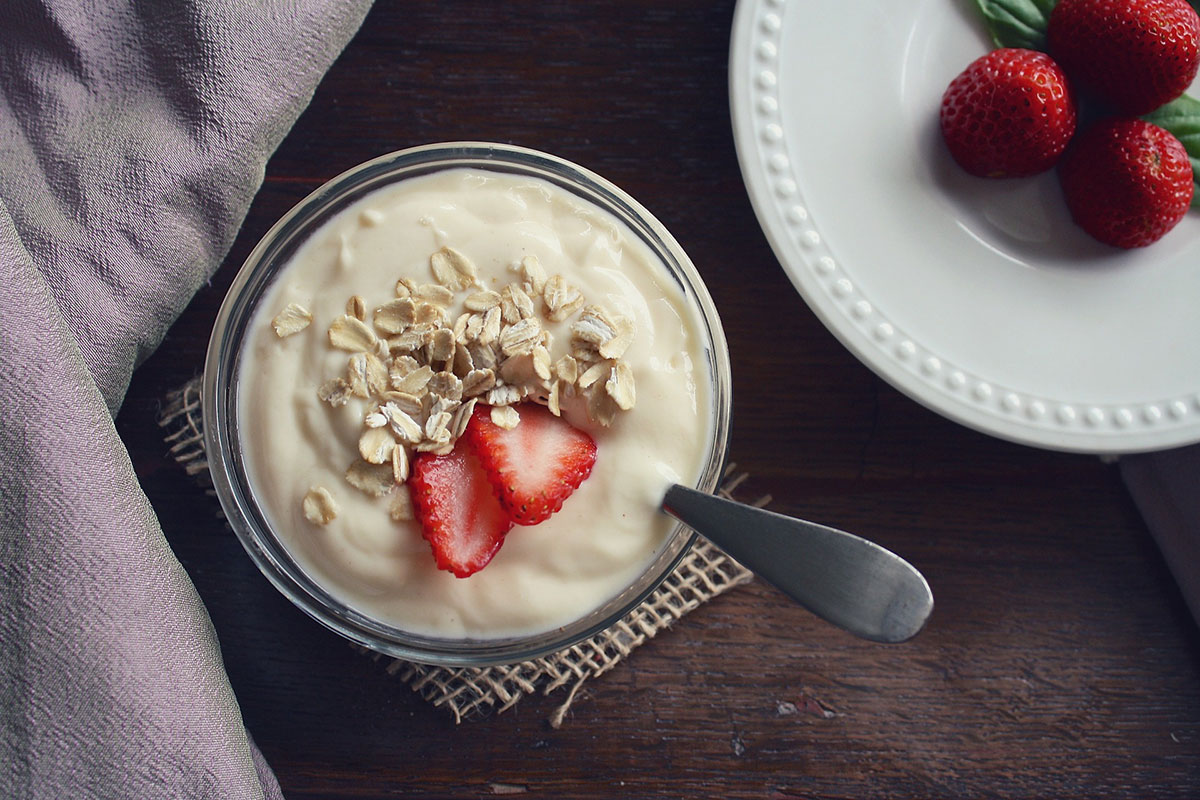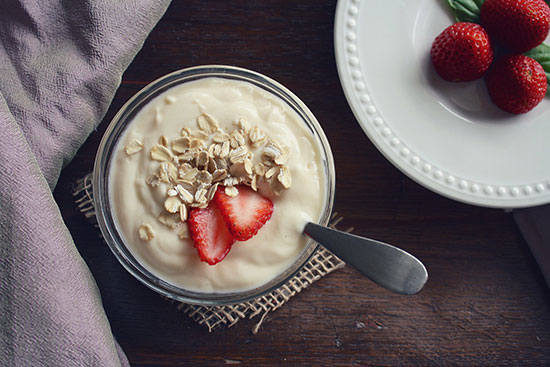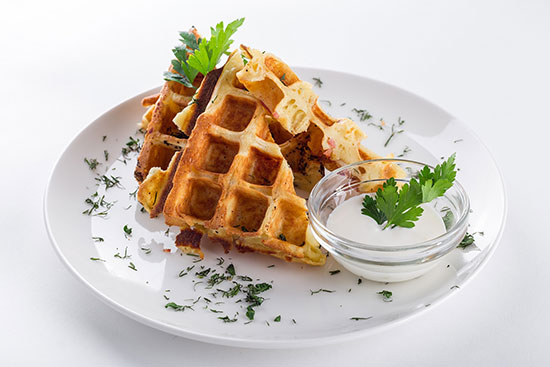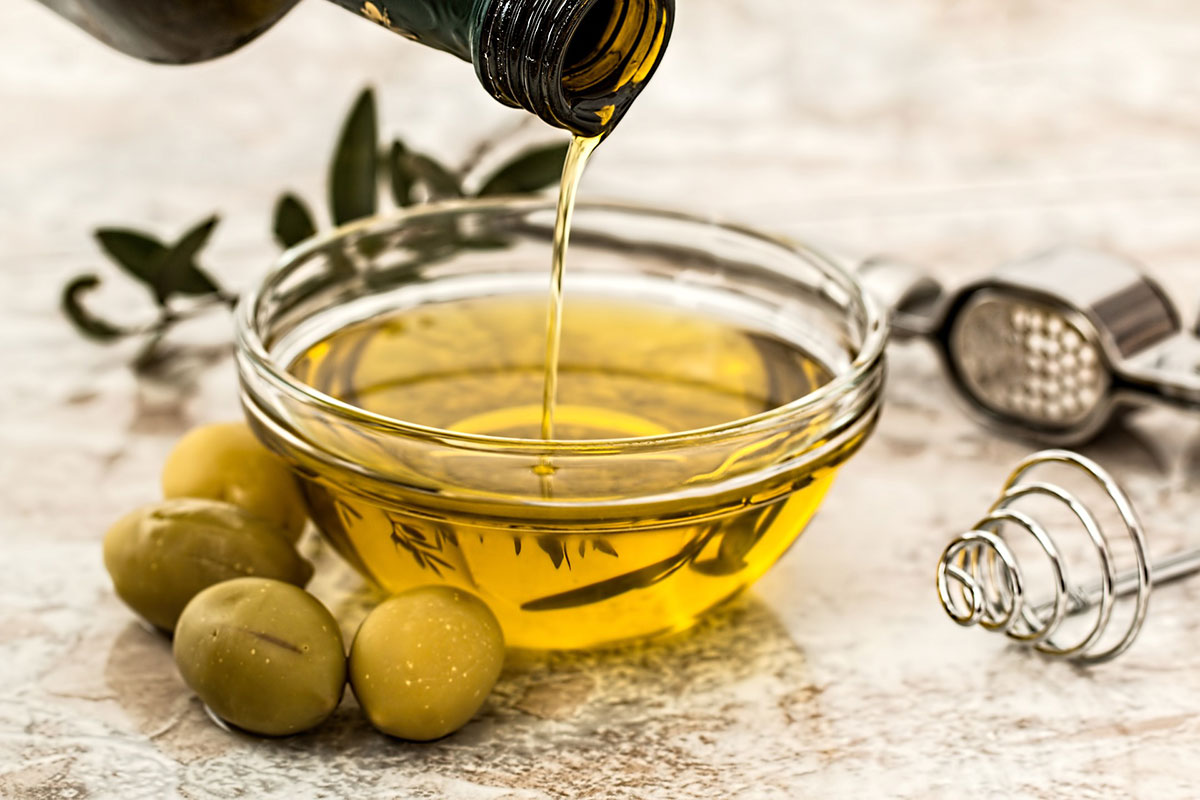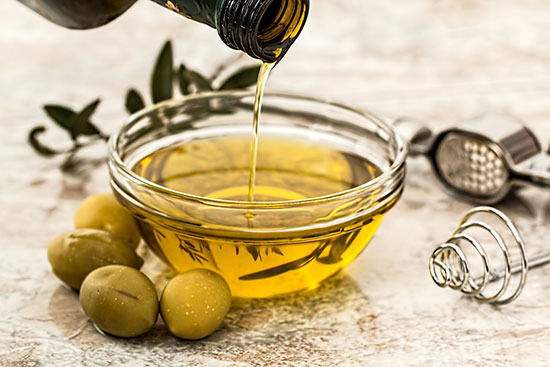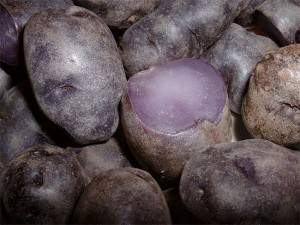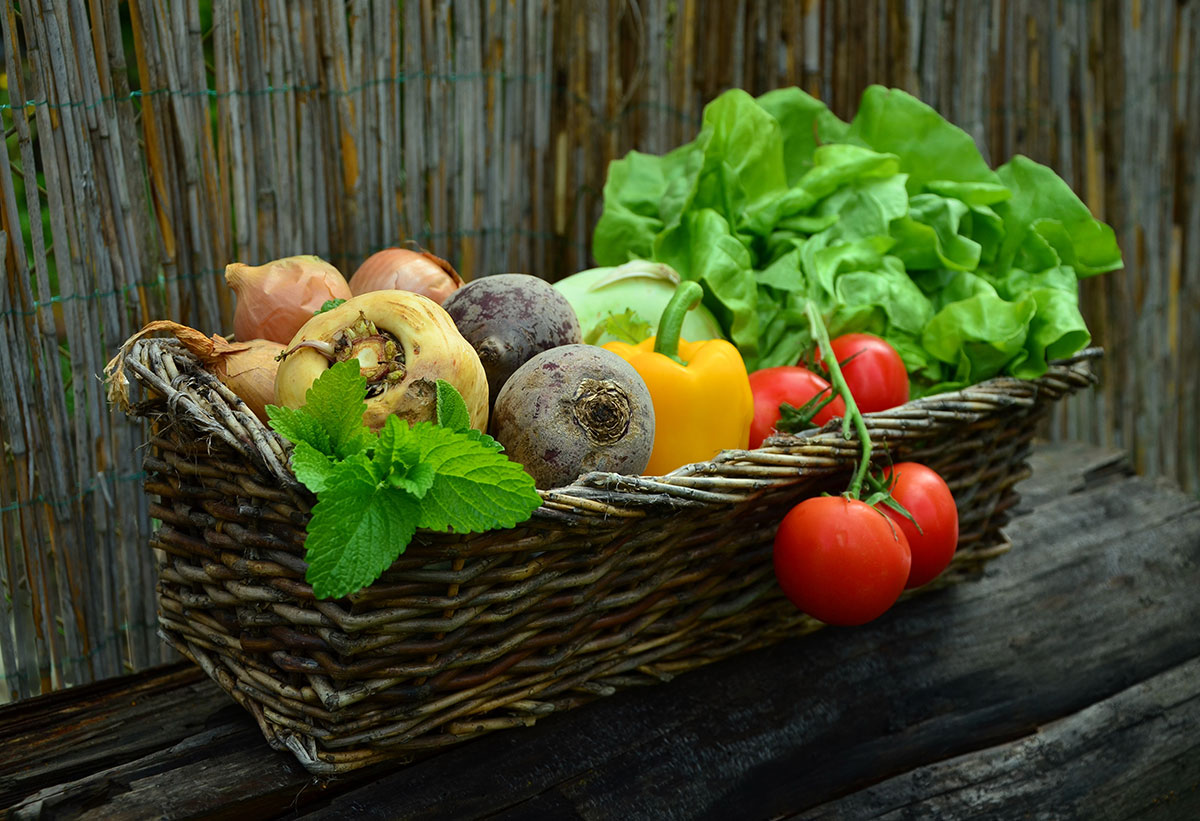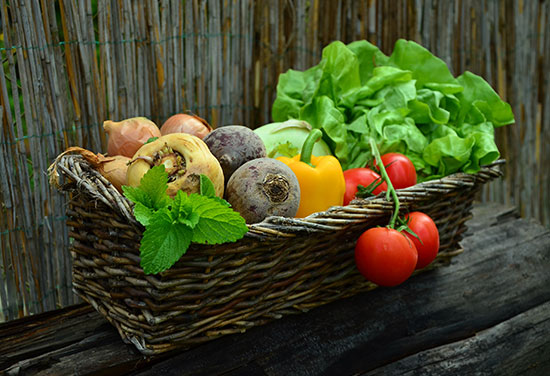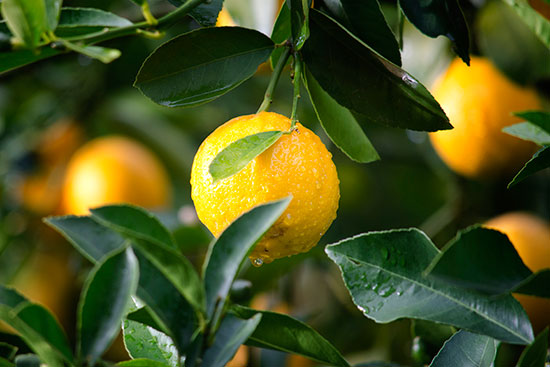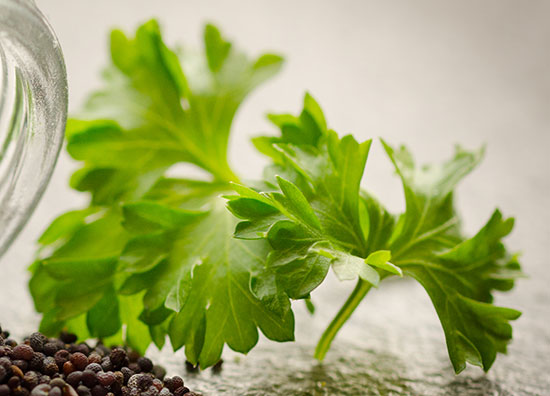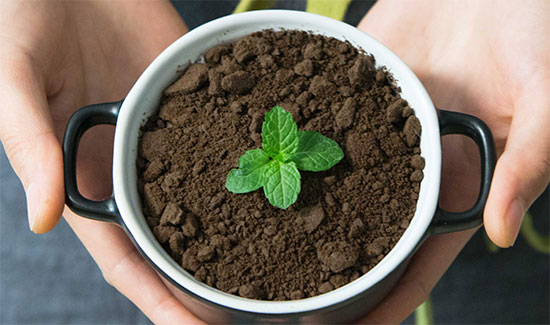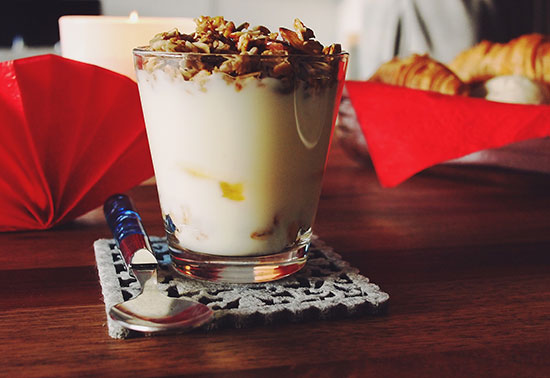Did you know that a small, entrepreneurial, husband-and-wife team launched the organic foods revolution? According to research done by the NYU Stern School of Business, Center for Sustainable Business, people in the US can give thanks for the explosive growth of the organic foods industry to Kashi. This post is based on a report based on that research by ReportLinker.
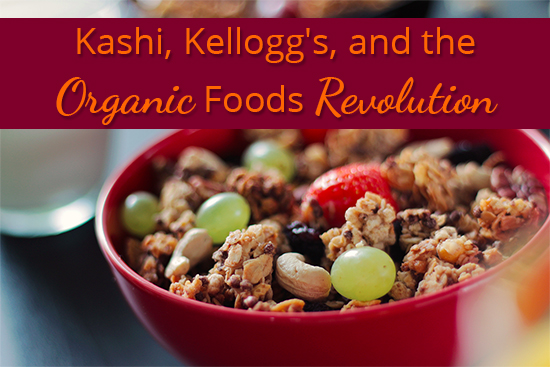
Kashi and the Start of the Organic Foods Revolution
If you’re a US resident like me, you have most likely seen Kashi’s cereals in your local supermarket or grocery store. I tried one several years ago and, alas, didn’t like it. But I’ve heard their taste is much improved.
Anyway, the Kashi company was founded in southern California in 1984 by the Philip and Gayle Tauber. The Taubers were disappointed in the nutritional quality of most breakfast cereals of the time. So, they set out to offer a healthier, but still tasty, alternative choice. Their whole grain products were high in protein. And they avoided artificial ingredients.
By the year 2000 annual sales had reached $25 million. It was at that time that the Taubers sold their company to Kellogg’s.
Kashi was a very small company compared to the $7 billion per year Kellogg’s, a longtime giant in the cereal manufacturing and marketing industry. But Kellogg’s North American division president, John Cook, said of the acquisition, “Kashi will enhance our leadership position in the RTEC (ready-to-eat cereal) category and further extend our commitment to build our consumer base in the rapidly growing natural foods marketplace.”
Kellog’s Cashes in on the Organic Foods Revolution
Cook knew what he was talking about. By 2010, Kellogg’s independently managed Kashi brand was bringing in $600 million in annual sales, nearly five percent of Kellogg’s total revenues. But, also by 2010, the quest for more nutritious food products had evolved from its mid-1980s origins to include a lot more people, and they were equally concerned about environmental and human health risks posed by synthetic pesticides used in crops.
People wanted “natural” foods, but the word “natural” on US food product labels had no strict definition, and there was no strict protocol for having food manufacturers be lawfully permitted to describe their ingredients as “natural”. However, this dilemma would be addressed because of the introduction of GMO (genetically modified organism) food products in the mid-1990s.
GMO Pushes the Issue Front of Mind
In 1996, agricultural chemicals giant Monsanto began commercially selling GMO seeds. These seeds had been genetically altered such that the plants grown from them were resistant to Monsanto’s powerful synthetic glyphosate herbicide, trademarked RoundUp. As a result, farmers began liberally spraying these GMO crops with a lot of RoundUp, to more effectively kill the plant-killing weeds. As the weeds became more resistant over time, farmers increased the volume of spraying. Thus, GMO crops were getting to consumers with significantly higher concentrations of synthetic pesticide residue, a clear health risk.
As an aside, I’ve been following the “Frankenfood” story for decades. It is filled with fascinating twists and turns, with proponents on both sides having valid points. But that is another post…
In 2002, the USDA established a strict protocol for the production of food products to be lawfully labeled “organic”, which was clearly defined as being at least 95% organic. Synthetic pesticides could not be used, outlined practices to keep the soil healthful and regenerated had to be followed, and GMOs were forbidden. “Organic” came to be synonymous with “natural.“
Kashi Was there at the Beginning
But the roots of this revolution had been with the private Kashi company from the start. Kashi had developed its own organic certification program, trademarked Veri-Pure, overseen by an independent testing organization. In 2002, it was Kellogg’s Kashi brand which produced the first line of USDA Organic Certified cereals.
By 2015, according to Consumer Reports, “Around eight in 10 households currently buy at least some certified organic products — mostly produce and dairy.” And in spite of the continuation of obstacles to getting organic food products — including significantly higher prices, a fragmented and subdivided market, and persistent labeling confusion (“natural” still has no strict definition, for instance) — while total US food sales grew 3% in 2015, organic foods sales grew 11%.
[divider]
[one_third]  [/one_third]
[/one_third]
[two_third_last]
Take Charge of Your Health!
Changing your eating habits can be tough. But it doesn’t have to be if you take a little time to think it out and create a plan.
This Healthy Eating Worksheet will walk you through the process of creating a healthy eating plan. All you need to do is print it out, set aside some time to complete it, and then fill it out. Then you can create your plan, knowing that you have addressed potential obstacles and came up with some creative ways to handle them.

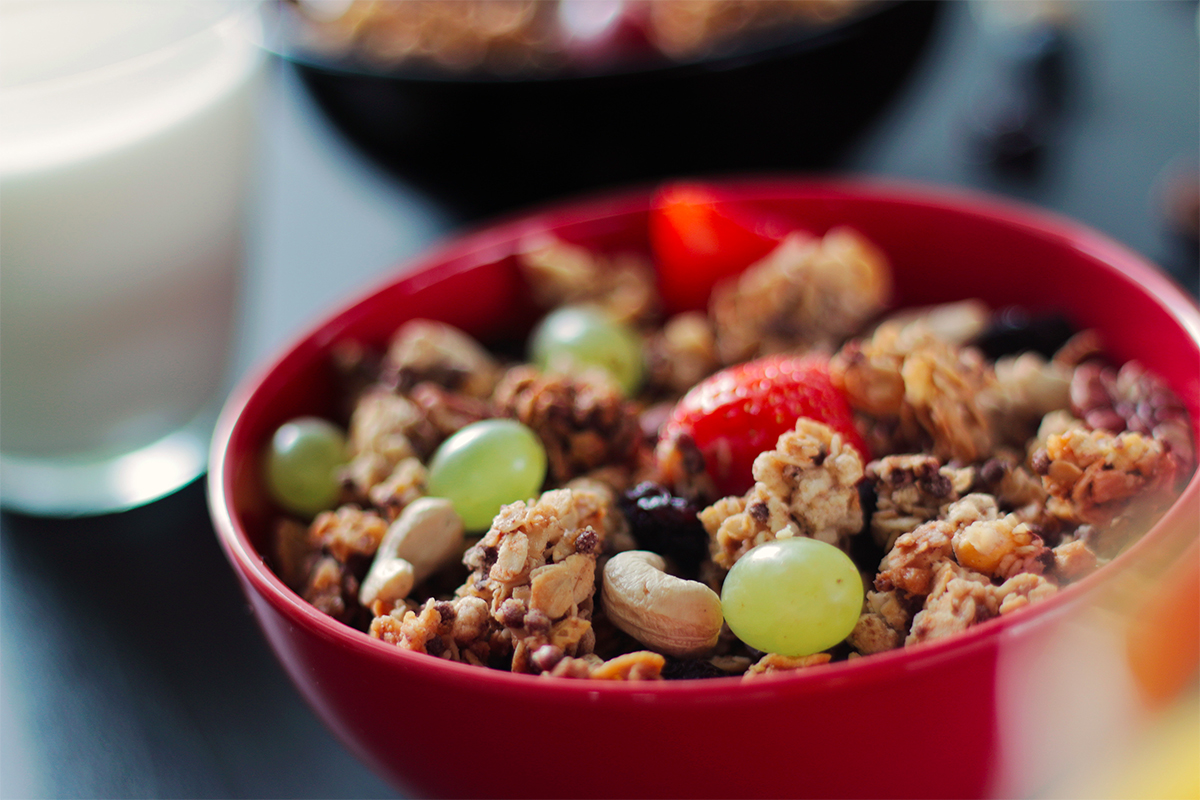

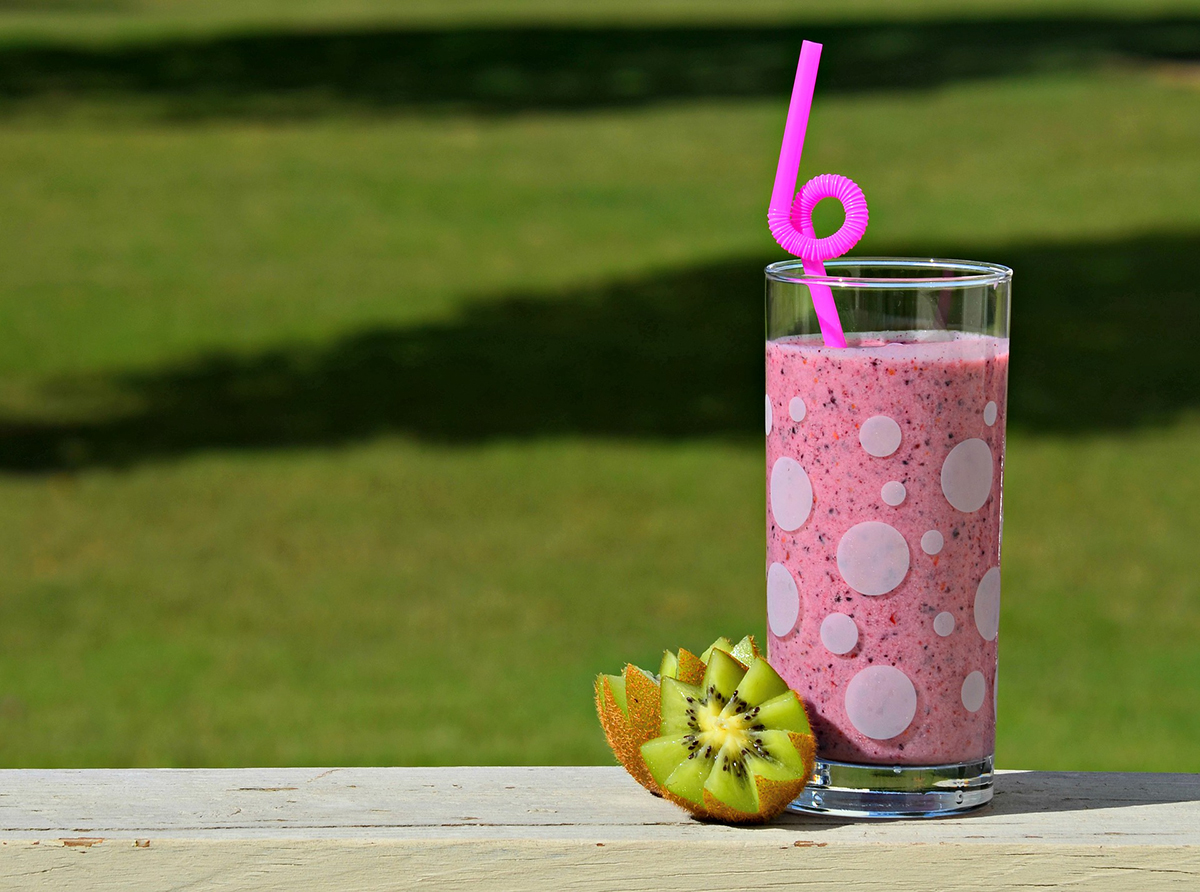
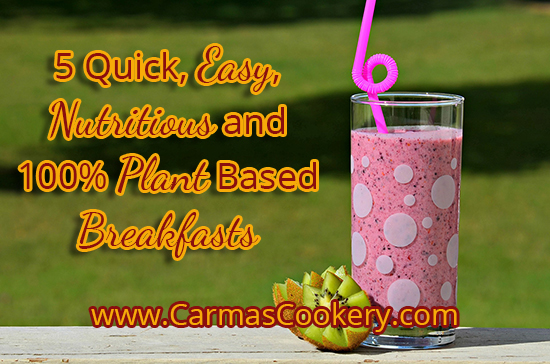
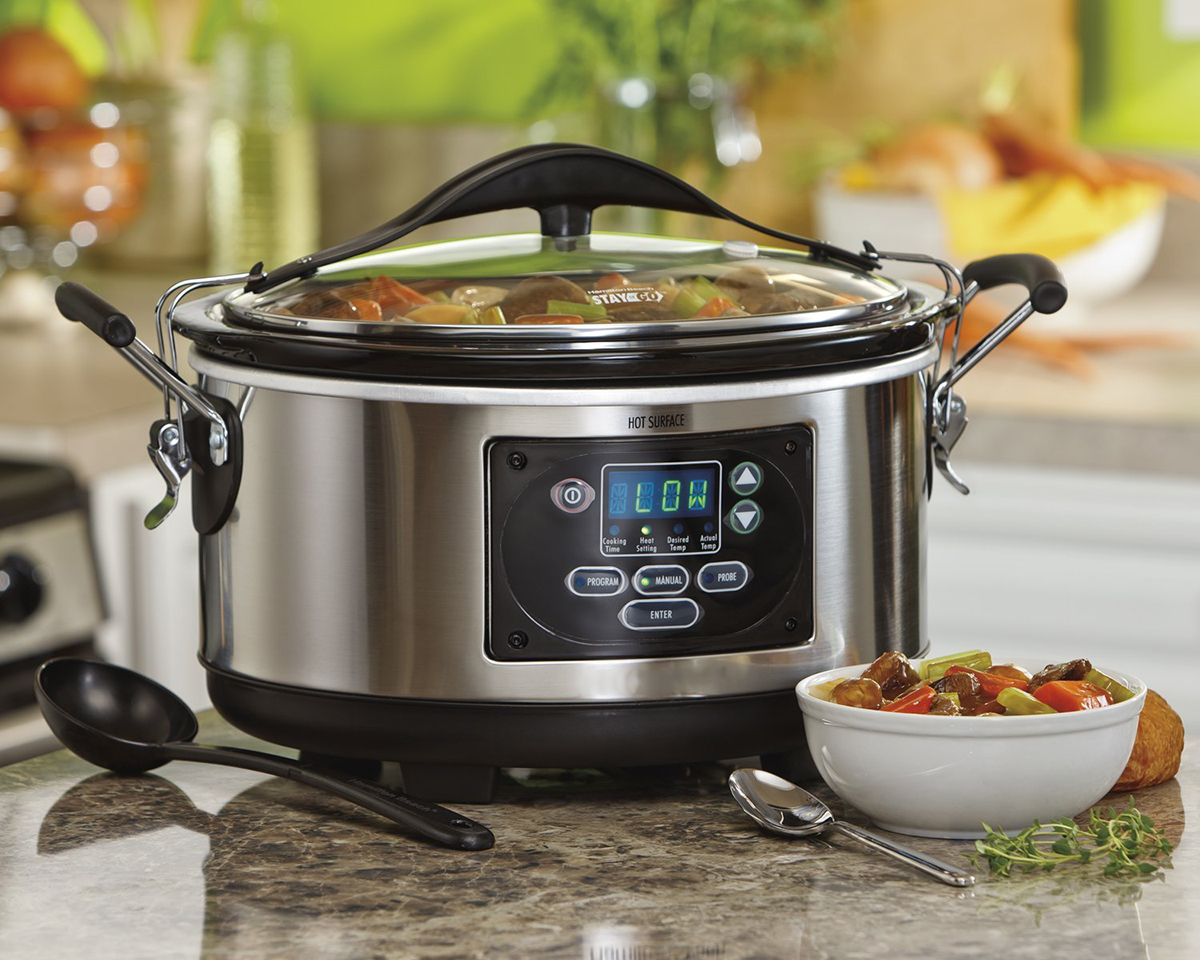
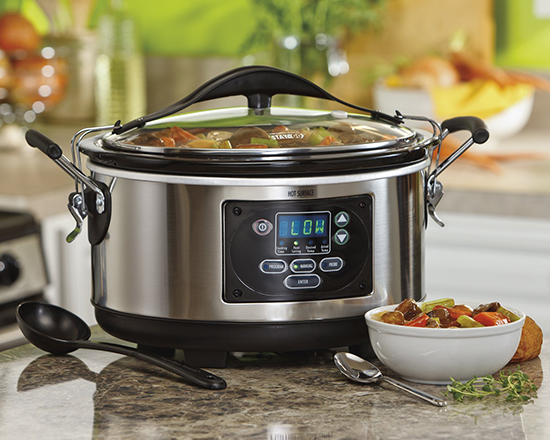
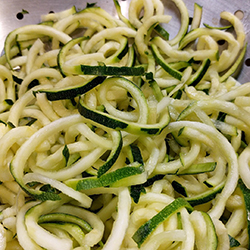 Double what? Spaghetti without pasta? Yep, there are pasta-like alternatives for people on a low-carb diet. One option is to use a vegetable
Double what? Spaghetti without pasta? Yep, there are pasta-like alternatives for people on a low-carb diet. One option is to use a vegetable 